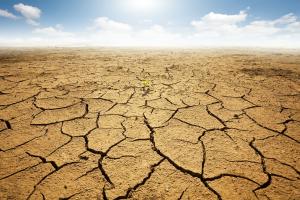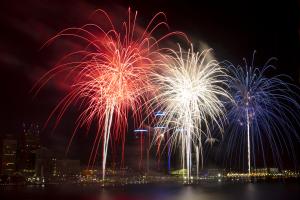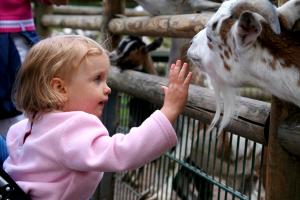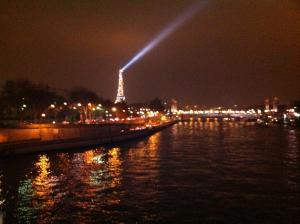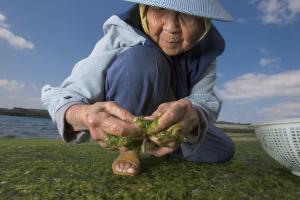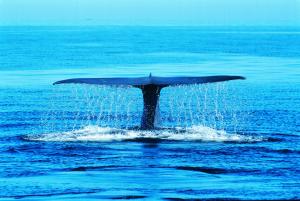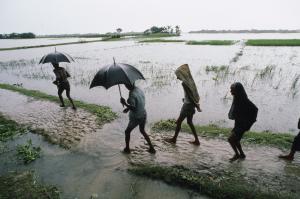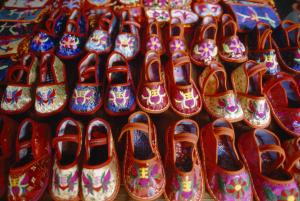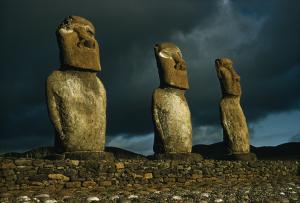- Welcome
- About Life
- National Geographic and Life
- Teacher Resources
- Customizing Life to your course hours
- Interactive Whiteboard Video Tutorial
- Student's Book and Workbook Audio
- CEFR correlations
- Audioscripts (Word)
- Reading Texts (Word)
- Videoscripts (Word)
- Business Writing Worksheets
- Communicative Worksheets
- Extra Practice Activities
- Life Grammar Practice Worksheets
- Multilingual and monolingual word lists
- Ready-made Lessons
- Split editions teacher's book references
- Student's Book Answer Keys
- Web research for Life
- Video
- Test Centre
- Student Zone
Upper Int/Advanced
STUDENTS: You can read the full text, listen to a recording of the text, do an online comprehension activity, download or print extra practice activities, and click on links to learn more about the topic. Click on 'Read More'.
TEACHERS: You can download the full text, an audio file, a comprehension activity, extra practice activities and answer keys for a ready-made lesson [download the Teacher's Pack from this page]
